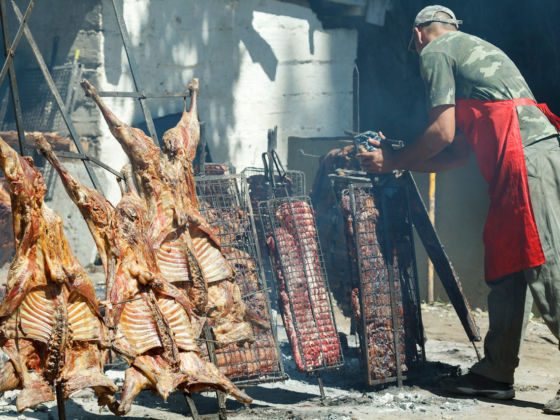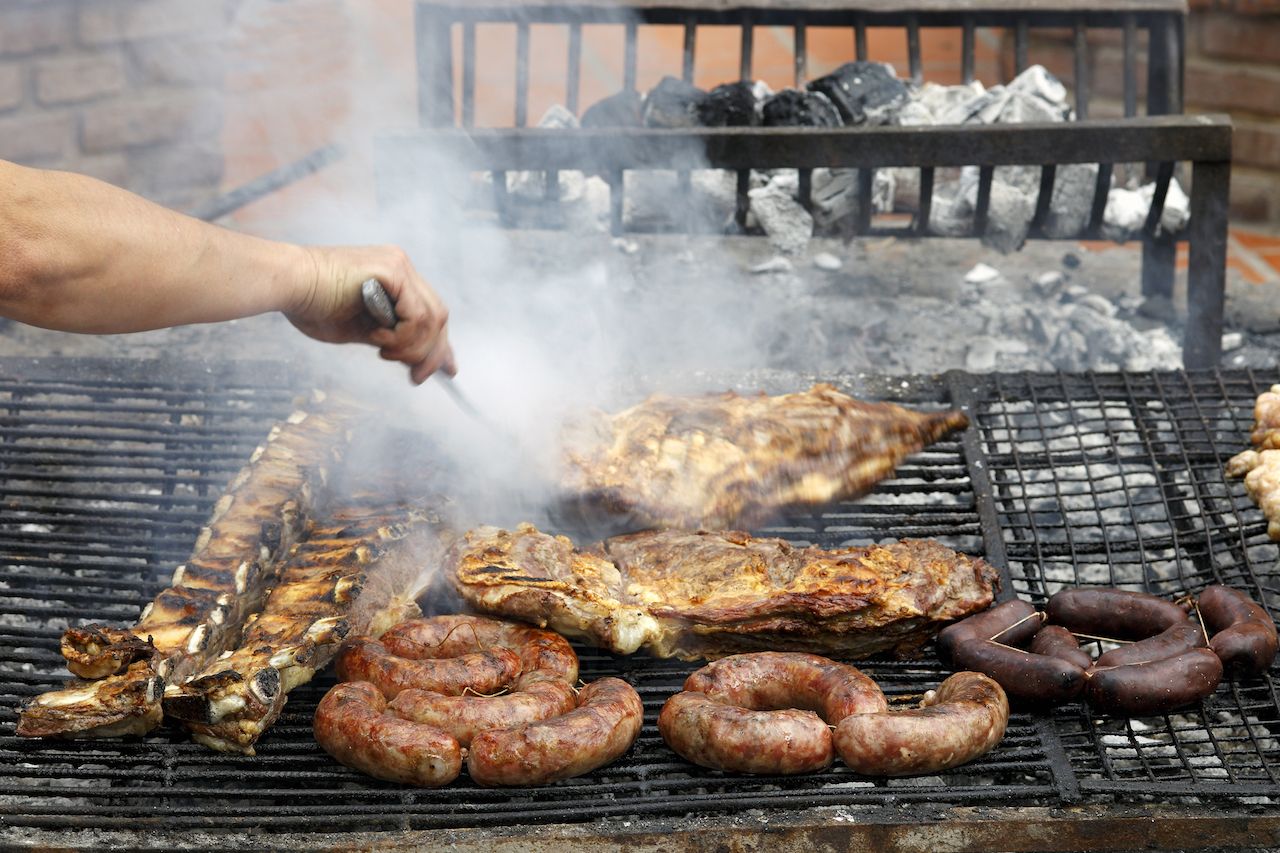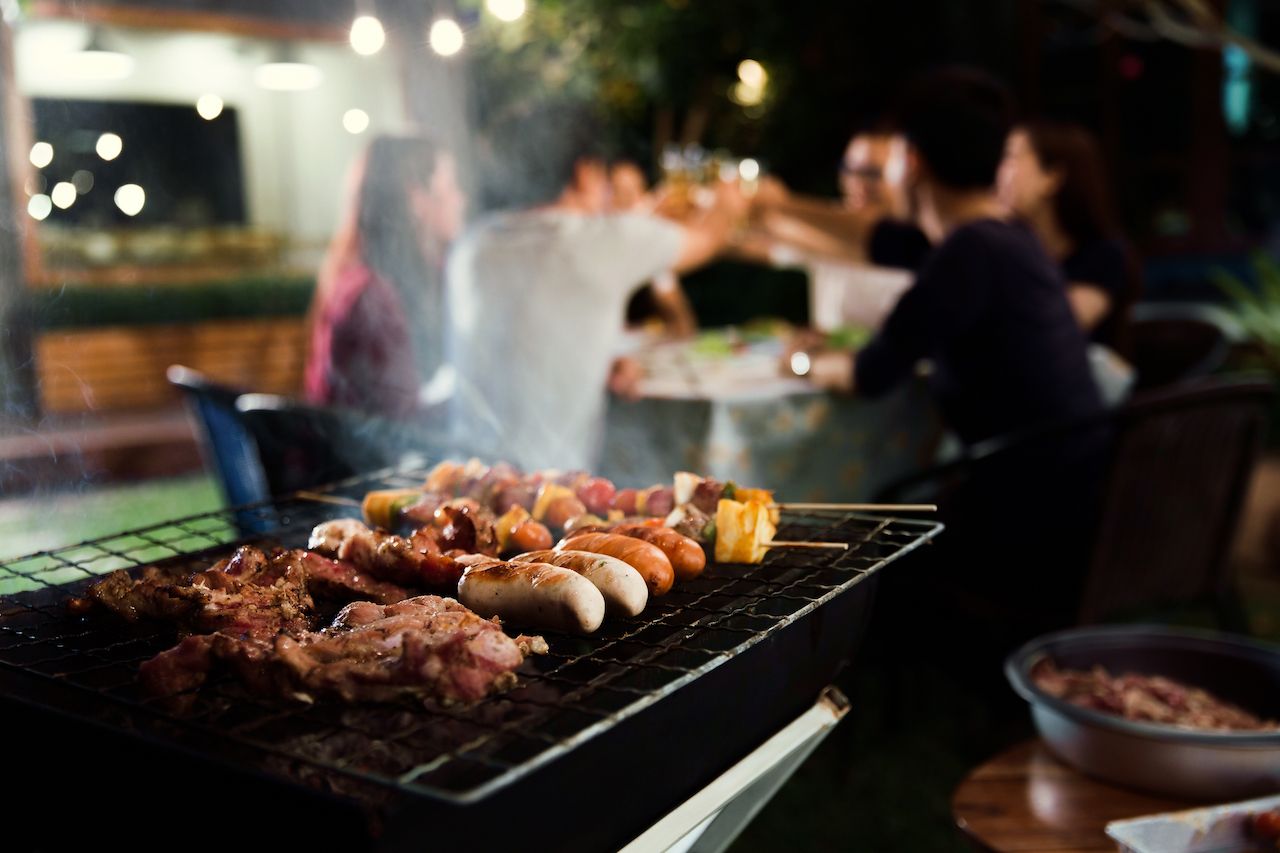If you know only one thing about Argentinian cuisine, it’s that the country loves its meat and its asado, or barbecue. Pioneered by gauchos (cowboys) in the early 1800s and embraced by the country as a whole, it’d be a shame to visit Argentina without getting a taste of everything grilled. The only question is where and how to start.
- What is asado?
- Asado meats to order in Argentina
- Side meats to go along with your asado meats
- The best parrillas in Buenos Aires
What is asado?
Asados are everywhere in Argentina, from apartments in big cities, to large ranch gatherings, to the humble asados on the side of the road. More than just a barbecue, an asado is an event with food, drinks, and friends that can last all day and long into the night. You generally have to know someone to get invited to an asado (though some companies hold asados on ranches for tourists), but parrillas, or steakhouses, are the next best bet to eating the meats that make asados so appealing.



